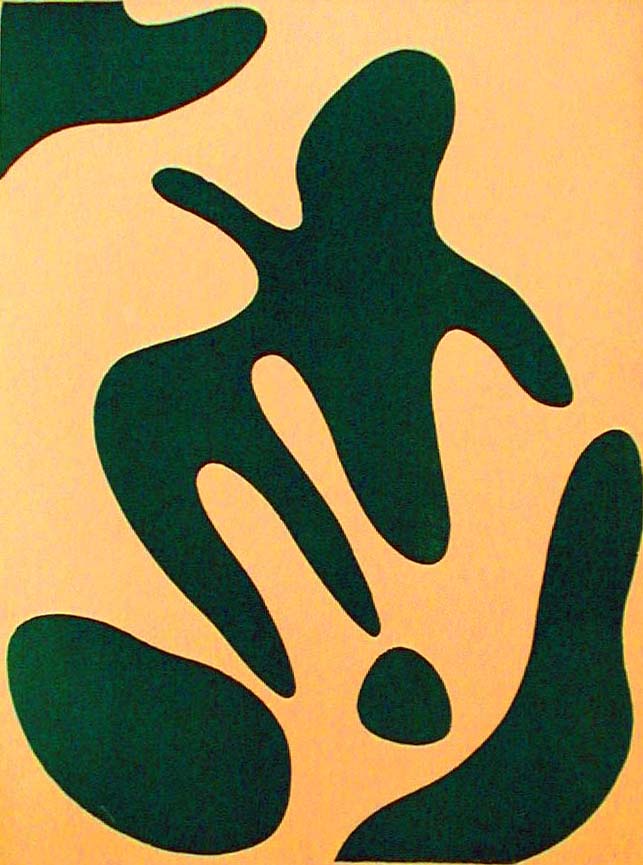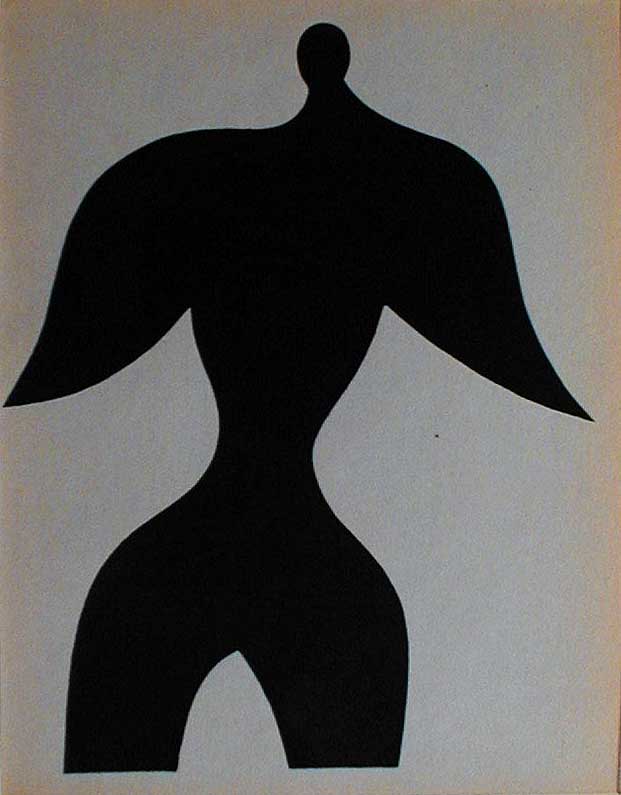Click image for BBB rating
See our Privacy Policy
cool="cool" width="785" height="3397" border="0" cellpadding="0" cellspacing="0" gridx="16" showgridx="showgridx" usegridx="usegridx" gridy="16" showgridy="showgridy" usegridy="usegridy" bgcolor="#99ccff">
|
|
|
|
 |
|
|
|
|
|
|
|
|
|
Welcome to Spaightwood Galleries, Inc.
120 Main Street, Upton MA 01568-6193
Dada, Surrealism, and After
We are pleased to present an exploration of some of the varieties of Surrealism that flourished in France and Northern Europe during the 1920s and thirties and went underground during and after the Second World War, periodically renewing itself in individuals or related movements like COBRA (which combined Expressionism and Surrealism) or Art Informel (which incorporated the surrealist spirit into abstraction often following the spiritual influence and example of Joan Miró). The show will explore Dada, Surrealism, and related movements, and include aquatints, etchings, linocuts, lithographs, pochoirs, serigraphs, and woodcuts by Pierre Alechinsky, Joan Gardy Artigas, Jean Arp, Karel Appel, Francis Bacon, Enrico Baj, Louise Bourgeois, Georges Braque, Giorgio di Chirico, Corneille, Lucien Coutaud, Paul Delvaux, Helene Delprat, Marcel Duchamp, Max Ernst, Leonor Fini, Alberto Giacometti, Stanley William Hayter, John Himmelfarb, Hannah Höch, Asger Jorn, Paul Klee, Wilfredo Lam, Ellen Lanyon, Mikhail Larionov, Jacques Lipchitz, Rene Magritte, André Masson, Roberto Matta, Joan Miró, Pablo Picasso, Germaine Richter, Betye Saar, Antonio Saura, Niki de St. Phalle, Graham Sutherland, Dorothea Tanning, Toyen, Paul Wunderlich, Ossip Zadkine, and others.
|
|
Dada grew up as a reaction to the insanity of the First World War’s casual slaughters of soldiers who obeyed their officers and charged, bayonets fixed, into machine gun barrages. Dada adopted an essentially nihilist outlook, rejecting the "reason" that had led to the war and the belief that human beings could ever be rational creatures. Surrealism grew out of the ashes of Dada, moved by artists who were intrigued by Dada’s rejection of formal constraints, but embracing irrationality as a road to a joyful freedom. André Breton was the theorist of Surrealism, and he quickly proclaimed Joan Miró "the most surrealist of us all." Miró’s example inspired many others not to imitate his works (as Picasso’s admirers tried to imitate his works) but to incorporate the spirit of freedom and the possibilities of joy in a world filled with totalitarian political triumphs.
In the aftermath of World War II variants of a reborn surrealism flourished in the north and in Spain. Corneille, one of the founders of COBRA (the name comes from the initials of the cities from which its founders hailed, COpenhagen, BRussels, and Amsterdam), observed in a 1967 interview, "We were saturated, even fed up. Mondrian and geometric art had imprisoned all artistic life. . . . We had only one desire: to get out of this too-tight corset and to start a gigantic disorder. We hated the rigidity of it all. . . . We wrote in one of our manifestos: ‘Give us paintings by Mondrian and let us fill them with human beings.’. . . But to us man was a human being and not a Greek ideal. We did not want to have anything to do with the Greek conception of man. For many this was the very foundation of our civilization but we had just experienced years under the occupation which, believe me, made us profoundly anti-Greek. For us man was just what he is, with all his serious qualities, his excesses—not the ideal man but just man, simply man, with his weakness and strength. . . . You must remember we lived through a war and those five war years marked us. We were branded with a need for liberation—for the wildest freedom." The Greek ideal that Corneille rejects is one that defined masculine as rational, passion as feminine weakness, and insisted that the masculine must suppress the feminine or chaos would ensue; so far as the surrealists were concerned, rationality was what had led the world to the chaos of two devastating wars. Interestingly, many women were drawn to Surrealism for the freedom they felt it offered them, and a number of them will be featured in our show.
We will feature works from the 1920s till now including some by artists whom we do not think of as surrealists but who at the time were either exhibiting (or in the case of Francis Bacon, attempting to exhibit) in the surrealist exhibitions or being claimed as surrealists by the surrealists. The show will feature works with a taste for the bizarre, the erotic, the unreal, the superreal, the grotesque, and the provoking. Within the whole of the show, several artists receive special minishows. We will include groupings by Miró, Coutaud, Giacometti, Hayter (who not only was a surrealist, but taught the surrealists how to make prints and whose prints are being featured in a retrospective at the Elvehjem Museum of Art running concurrently with ours), Lam, Picasso, Tanning, and Bacon. If you are not familiar with the works of the surrealists, we invite you to make their acquaintance; if you already know the surrealists, we invite you to come and visit works by old friends.
Visiting hours: Saturdays and Sundays noon-6:00 and weekdays by appointment. Although zoning regulations require us to request telephone confirmation of your visit, browsers and guests are always welcome.
|
|
|
|
|
|
|
 |
|
Jean Arp (French, 1887-1966), Constellations (G. Kaplan, fig. 15). Original color linocut, 1938. Edition unknown (c. 1200 unsigned impressions published in the Christmas 1938 issue of the deluxe art review, XXe Siecle. Arp was a member of the Blaue Reither movement and one of the founders of DADA. He was also one of the leaders of the abstract art movement from the teens on. This work is illustrated in Gilbert Kaplan, The Surrealist Print. New York: Abrams, 1997, plate 15, catalog 1. Image size: 318x249mm. Price: SOLD.
|
|
|
|
|
 |
|
Jean Arp (French, 1887-1966), Moustaches et squellete / mustache and skeketon. Pochoir, 1956. Edition unknown (c. 1200 unsigned impressions published in January 1957 issue in the deluxe art review, XXe Siecle. Arp was a member of the Blaue Reither group and one of the founders of DADA. He was also one of the leaders of the abstract art movement from the teens on. Reproduced on the cover of a 1958 MoMA book on Arp. Image size: 318x249mm. Price: Please call or email for current pricing information.
|
|
|
|
 |
|
Jean Arp (French, 1887-1966), Constellations (G. Kaplan, fig. 15). Original color linocut, 1938. Edition unknown (c. 1200 unsigned impressions published in January 1957 issue in the deluxe art review, XXe Siecle. Some fading in the gray background at top and along the right side. Arp was a member of the Blaue Reither group and one of the founders of DADA. He was also one of the leaders of the abstract art movement from the teens on. Image size: 318x249mm. Price: Please call or email for current pricing information.
|
|
|
|
|
|
In an "Arts in Pieces" note in the Wisconsin State Journal on Sunday, 20 February 2000, John Aehl wrote:
"Spaightwood goes name dropping: Spaightwood Galleries shamelessly drops names of famous artists as it displays dozens of their works. In an exhibit showing that explores Surrealism, Dadaism, and some variations from the 1920s and 1930s, the gallery housed in an old Historic Landmark house at 1150 Spaight has trotted out names of no fewer that 37 world-famous to highly respected artists—along with an offhand mention of "others." Just a few of the names: Alechinsky, Bacon, Braque, Corneille, Duchamp, Ernst, Giacometti, Klee, Magritte, Miró, and Picasso. The works are in etchings, lithographs, woodcuts, and other variations of printing processes used by the artists.
Our response: We only do it because we can. Even though the exhibit is not currently on the walls, many of the works in the show and many others not included in the show are available for browsing. Come see for yourself!
|
|
|
|
To purchase, call us at 1-800-809-3343 (1-508-529-2511 in Upton MA & vicinity) or send an email to spaightwood@gmail.com.
We accept AmericanExpress, DiscoverCard, MasterCard, and Visa.
We also accept wire transfers and paypal.
For directions and visiting information, please call. We are, of course, always available over the web and by telephone (see above for contact information). Click the following for links to past shows and artists. For a visual tour of the gallery, please click here. For information about Andy Weiner and Sonja Hansard-Weiner, please click here. For a list of special offers currently available, see Specials.
All works are sold with an unconditional guarantee of authenticity (as described in our website listing).
Go back to the top of this page.
Visiting hours: Saturday 10:00 am to 5:00 pm and Sunday noon to 6:00 pm and other times by arrangement.
Please call to confirm your visit. Browsers and guests are welcome.
|
|
|
|
|
|
|
|
|
|
|
|
|
|
|
|
|
|
|
|
|
|
|
|
|


